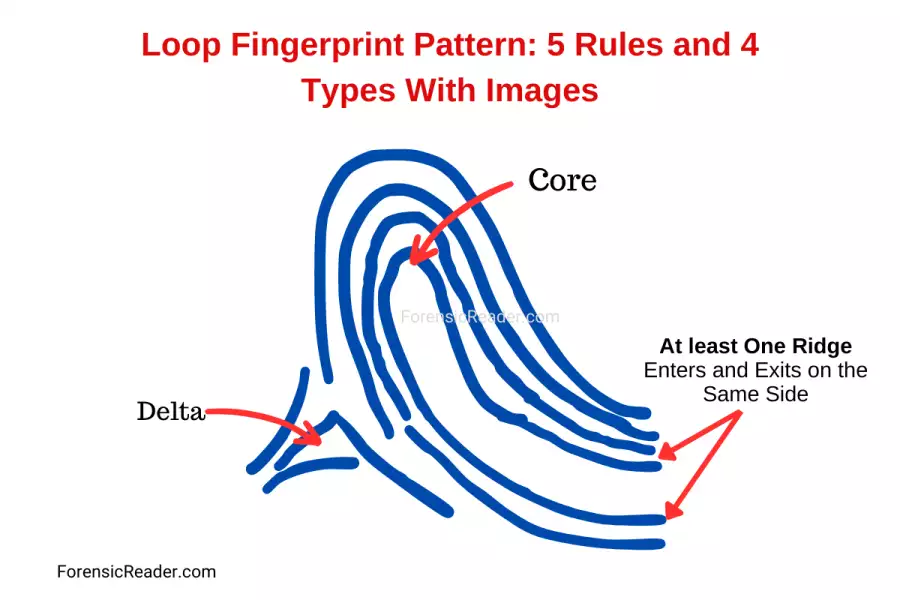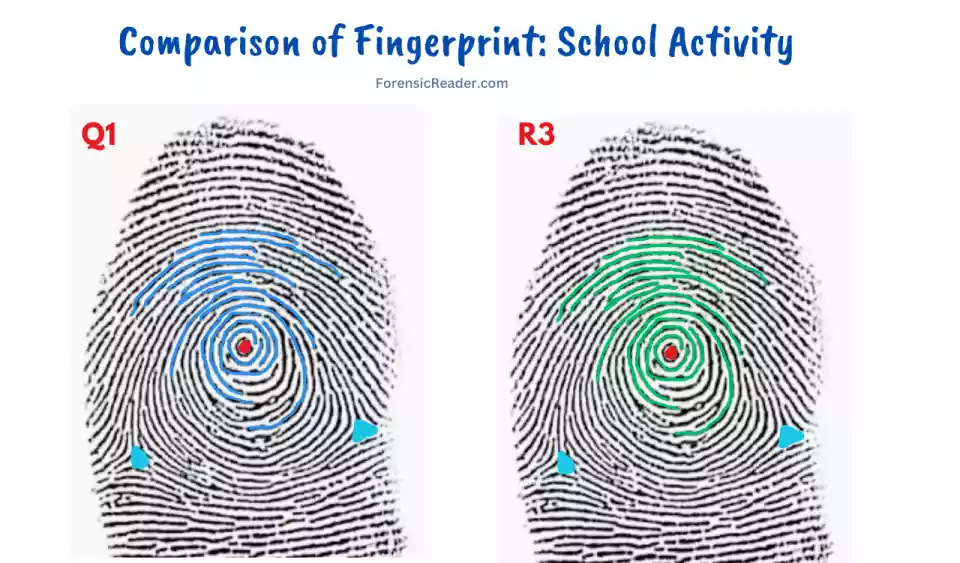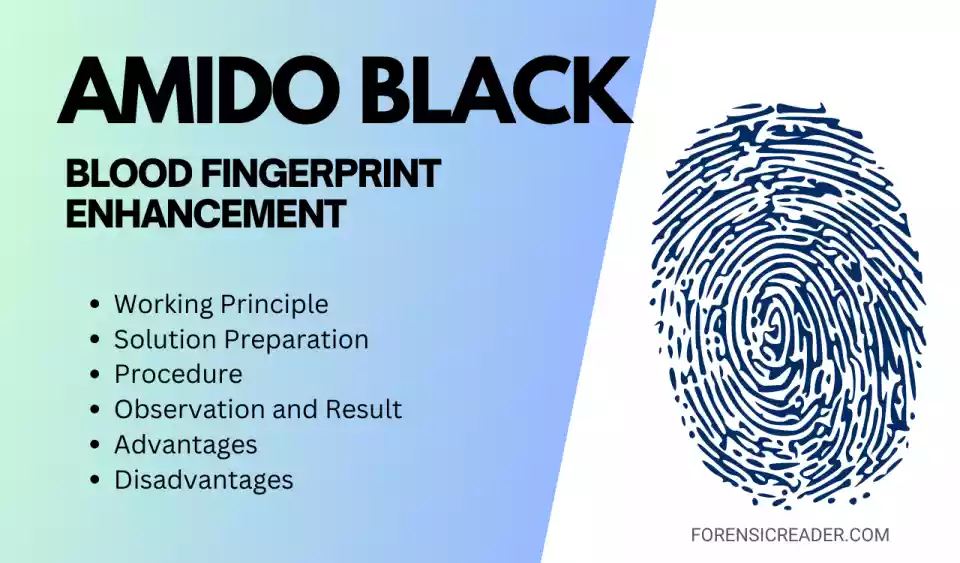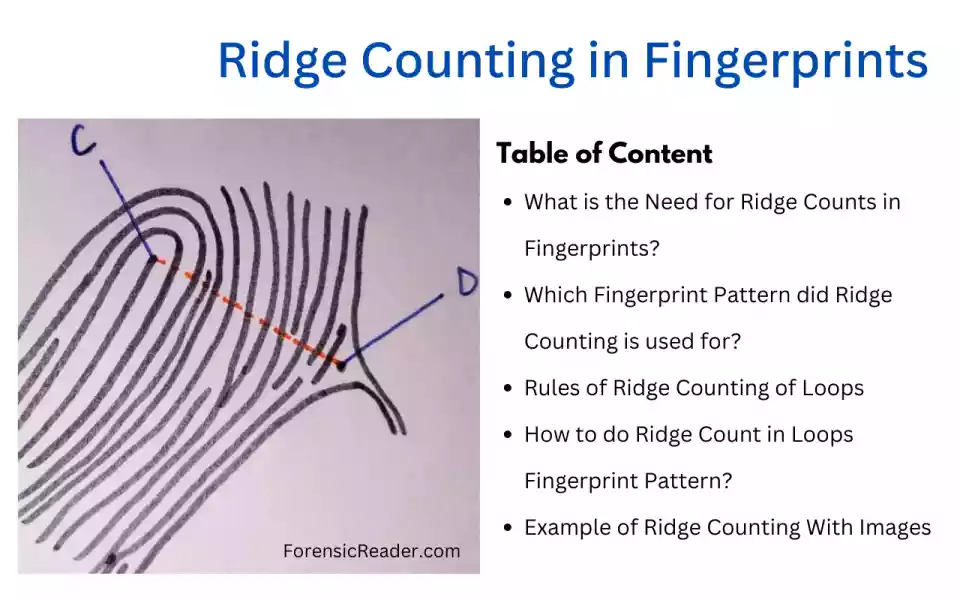[Table] Historical Development of Fingerprints
Year Individual/Organization Contribution 3000 BC Masons Used finger impressions on brickwork for projects for kings and pharaohs. 500 BC China and Babylon Imprinted clay tablets and business records with the author’s fingerprints for identification. 1684 Nehemiah Grew Published the first written description of fingerprints in the West, including detailed drawings. 1686 Marcello Malpighi Described ridges, […]
[Table] Historical Development of Fingerprints Read More »






